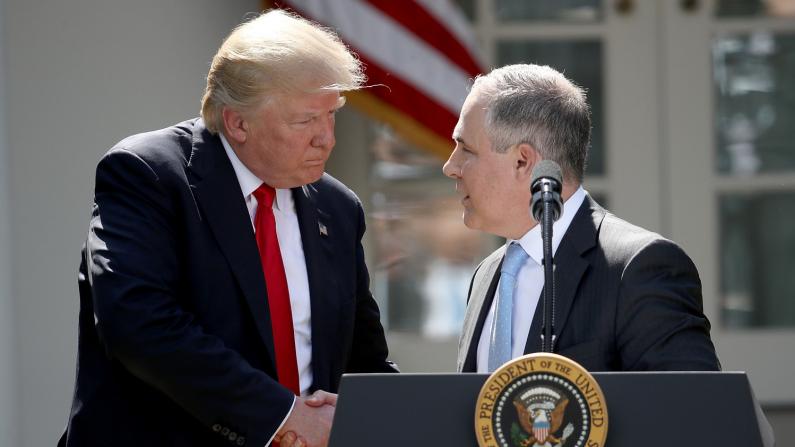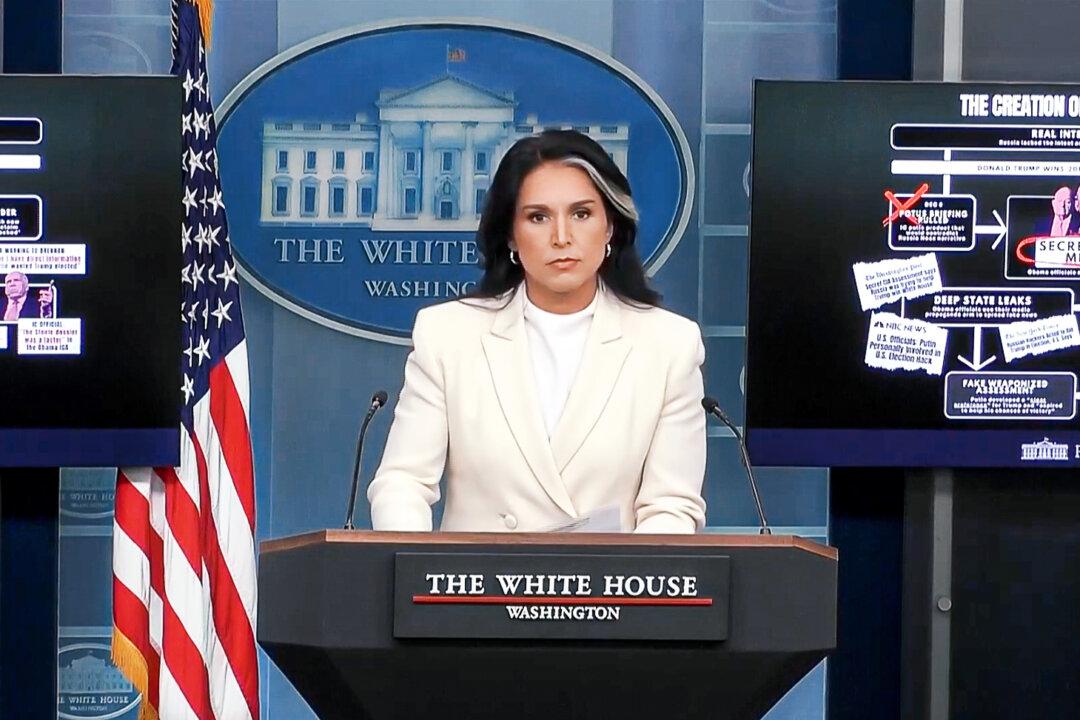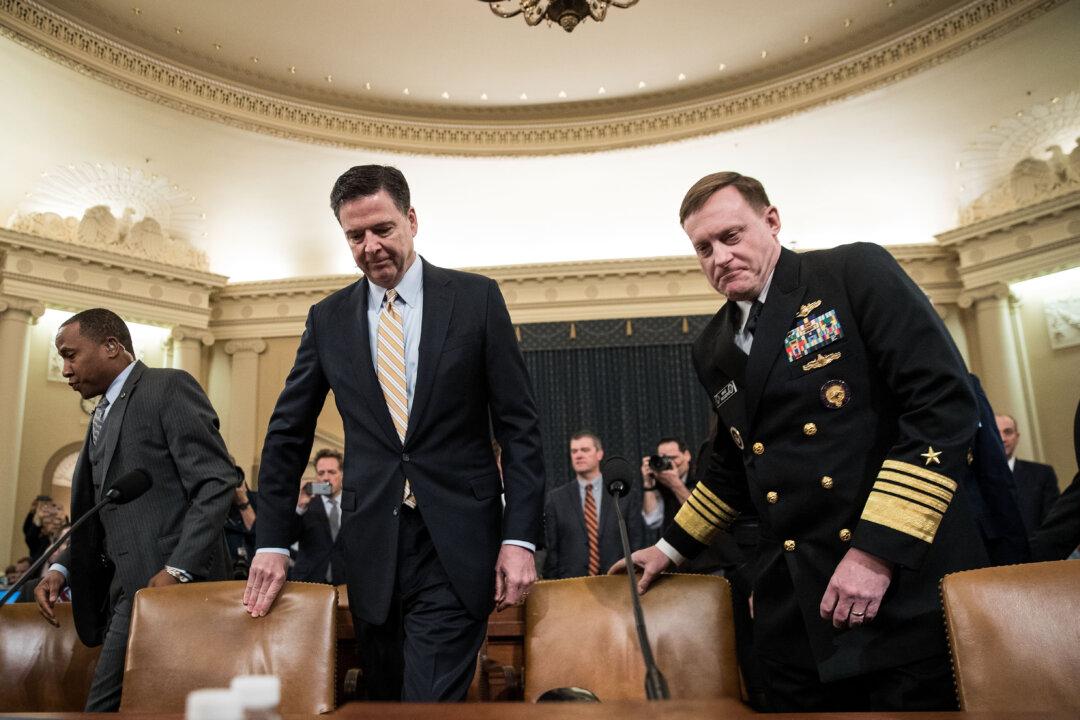The administration of President Donald Trump will soon end the practice of using “secret science” to justify environmental regulations, the head of the Environmental Protection Agency (EPA) told The Daily Caller.
Scott Pruitt, who Trump appointed to lead the EPA, will terminate a longstanding policy that allowed regulators to rely on hidden scientific data to draft rules. Such regulations cost American taxpayers and businesses $344 billion during the eight years of the Obama administration, according to data from the American Action Forum.





